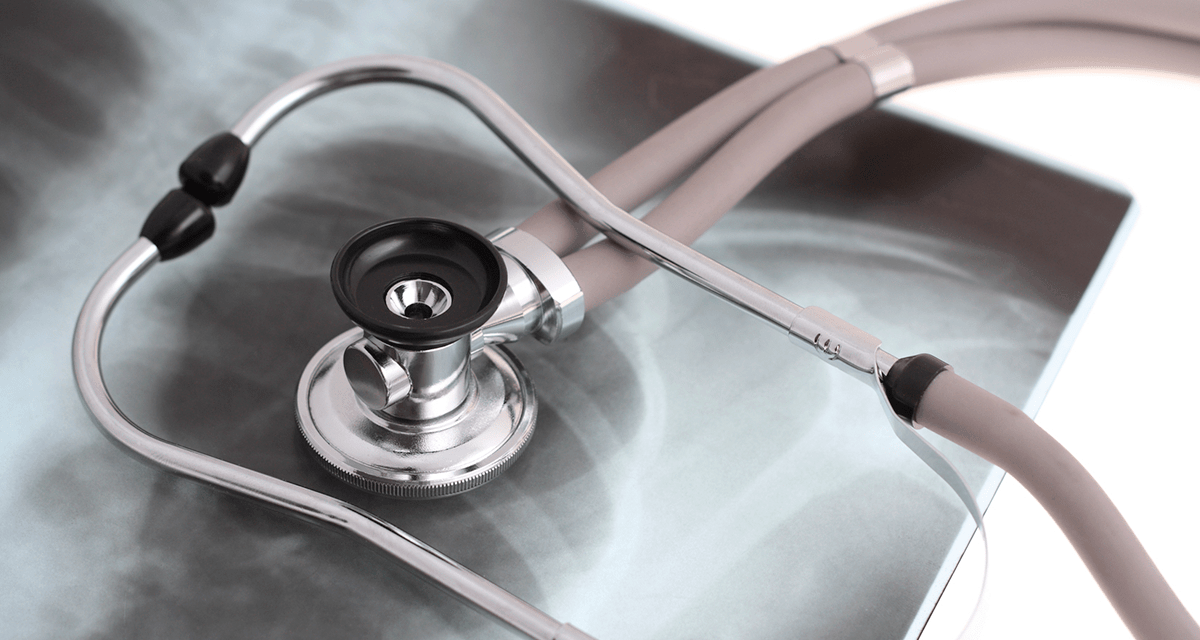Vitamin D may play an important role in immunity and its deficiency has been related to increased respiratory infections. The aim of this study was to detect the prevalence of vitamin D deficiency and to investigate the relationship between radiological and clinical effects on adult bronchiectasis (BR) patients.
A total of 130 patients with BR and 73 healthy individuals (control group) were enrolled in this study. Radiological severity was assessed using Modified Reiff Score.
The mean age of patients was 41.9±9.1 years (range, 18-85). The mean 25-hydroxyvitamin D (25(OH)D) level was 14.7±9.6 ng/mL in BR patients and 19.8±6.9 ng/mL in the control group (p=0.001). Moreover, 95 (73.1%) adult BR patients were categorized as vitamin D deficient. Patients in the vitamin D deficiency group had significantly higher Modified Medical Research Council scores than those in the group without vitamin D deficiency (p=0.036) The mean modified Reiff score was higher in the vitamin D deficient group than the without vitamin D deficiency group (6.9±3.8 vs 4.9± 2.7, p=0.001). Additionally, the vitamin D deficient group had lower forced vital capacity% predicted value (p=0.02). This model showed that Reiff score (OR, 1.285[1.039-1.590]; p=0.021) was independently related to vitamin D deficiency.
We found that vitamin D deficiency is commonly seen in adult BR patients in a stable period. Moreover, it might be related to severe radiological findings on chest computed tomography and worse lung functions.
Vitamin D Deficiency and Radiological Findings in Adult Non-Cystic Fibrosis Bronchiectasis.


